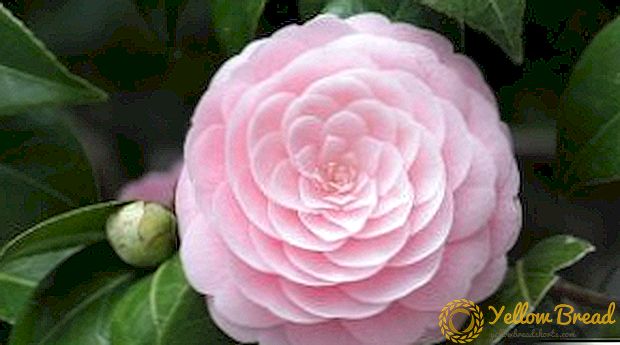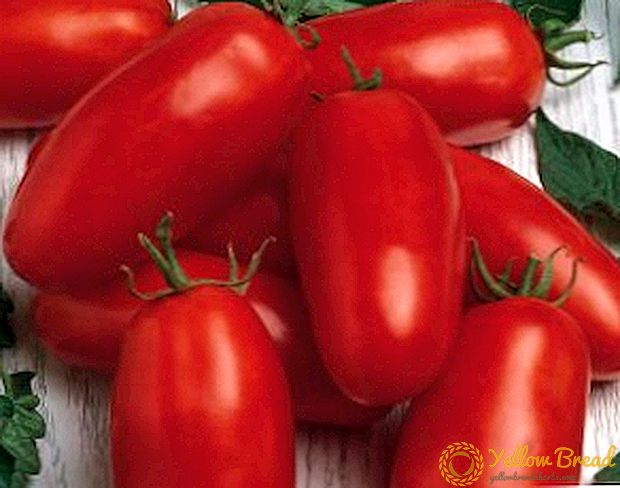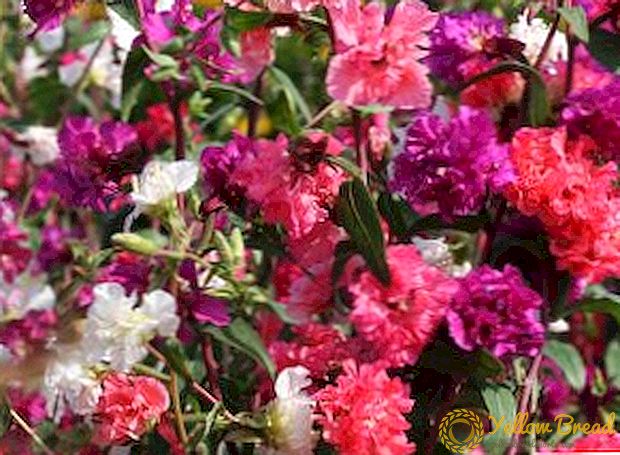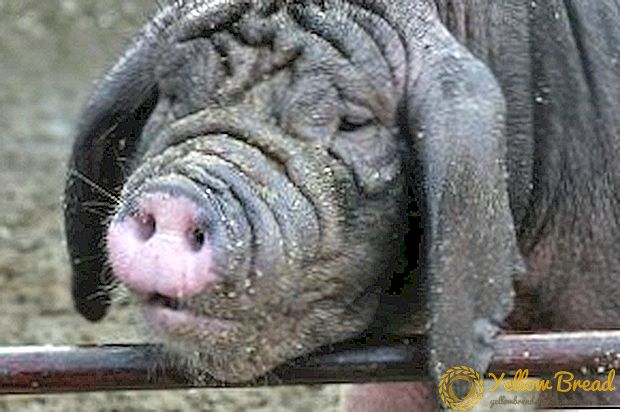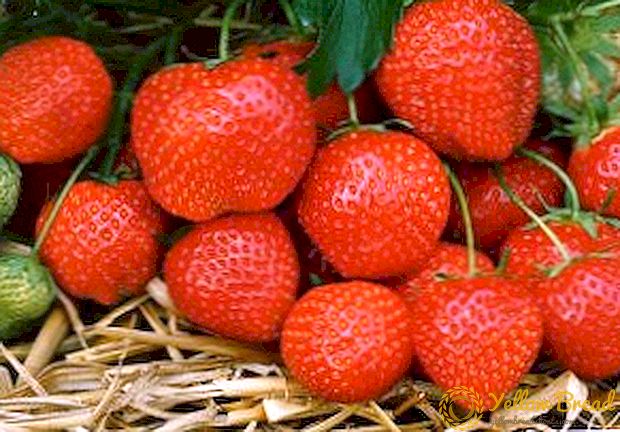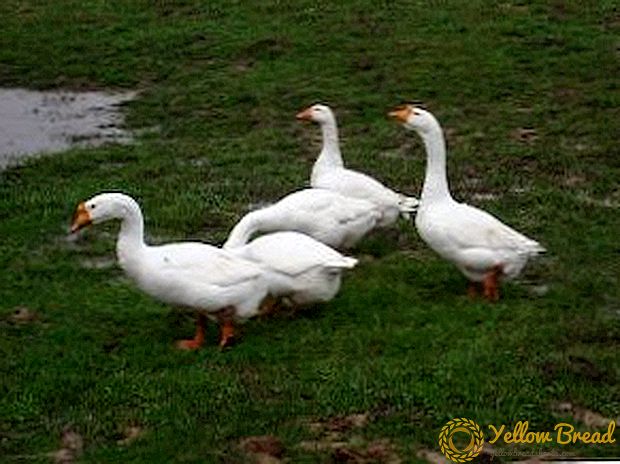 Quite often, when planting seeds, it is necessary to provide greenhouse conditions for different crops. To protect seedlings from wind, cold and other external factors, use special materials for shelter. In our article we will describe lutrasil, tell you what it is and how to use it.
Quite often, when planting seeds, it is necessary to provide greenhouse conditions for different crops. To protect seedlings from wind, cold and other external factors, use special materials for shelter. In our article we will describe lutrasil, tell you what it is and how to use it.
- Description and Purpose
- Types and characteristics
- Use of lutrasil
- Mulching
- Shelter
- Benefits of using
- Lutrasil and Spunbond: Differences
Description and Purpose
Lutrasil is made of polypropylene, one of the main properties of which is heat retention. At the same time excess moisture can evaporate freely. Through the use of non-woven material can accelerate the germination of seeds. Also, the canvas is protected from birds and other pests. 
The canvas is used to accelerate the germination of seeds, serves as protection against frost, and also protects plants from pests.  In addition, lutrasil has other uses:
In addition, lutrasil has other uses:
- protects young pines, roses from strong winds, adverse climatic conditions.
- protects plants from cold weather, smoothes out differences in day and night air temperatures. Plants, covered with a double layer of material, are able to resist frost down to -7 ° C.
- used in greenhouses in order to create additional thermal insulation.
Types and characteristics
Black and white lutrasil are found on sale. There is also a different density of the material - from 19 to 60 g / sq. m  The following types of lutrasil are distinguished:
The following types of lutrasil are distinguished:
- Lutrasil 19. Well protects vegetable crops, ornamental plants, lawns, can be used in greenhouses.
- Lutrasil 19x. It has the same density as the previous one, but a larger canvas size. The width can be from 7 meters, and the length is from 100 m. This type is used to cover large areas, for example, they can cover a golf course.
- Lutrasil 23. It serves as a good protection for vegetables, protects young shoots of potatoes, strawberries.It is quite light, therefore it is often used as a shelter for plants in winter.
- Lutrasil 30. This species is most often used to shelter vegetables and ornamental plants grown in nursery forests. Due to its high density, in the summertime, lutrasil is able to protect plants from heat and a scorching sun.
- Lutrasil 50. The canvas has a black color and is used for mulching. Thanks to this color, the earth heats up quickly, and the canvas also serves as protection against the appearance of weeds. Cover with such material vegetables, herbs, ornamental shrubs and trees.
- Lutrasil 60. Due to its high density, it serves as a reliable plant protection in winter. Most often this type is used in nursery forests to protect plants from hail or strong wind.
 Lutrasil can be used in the winter, but do not hope that it will endure severe frosts. The material, whose density is up to 23 g / m2, provides protection at temperatures up to -3 ° C.If the density is 30-40, this canvas will protect from frost down to -7 ° C.
Lutrasil can be used in the winter, but do not hope that it will endure severe frosts. The material, whose density is up to 23 g / m2, provides protection at temperatures up to -3 ° C.If the density is 30-40, this canvas will protect from frost down to -7 ° C.Use of lutrasil
Covering material lutrasil is most often used for plant protection and mulching. Let us consider in more detail the features of its application.
Mulching
Black material is used for mulching tracks, spacing and the landings themselves. In springtime they are covered with a landing site, in some places they make cuts. Later they will be planted strawberries, onions, tomatoes, cucumbers. 
Shelter
With the help of lutrasil, which has a density of 17 g / sq. m, you can cover the heat-loving plants from frost, but the air temperature should not be less than -3 ° C. More dense canvases are used as a tunnel cover.  Lutrasil 40 and 60 can be used for arranging a greenhouse or greenhouse. Plants grown under such a coating begin to bear fruit earlier.
Lutrasil 40 and 60 can be used for arranging a greenhouse or greenhouse. Plants grown under such a coating begin to bear fruit earlier.
We recommend to pay attention to the following tips:
- Before laying the material, it is necessary to moisten the soil a little.
- First, the spreading of the canvas, and only after that landing.
- During the first watering, the moisture does not always immediately fall into the ground, but in the future this problem will go away, so you should not make a large set.

Benefits of using
The advantages of lutrasil include:
- Easy to care. The canvas can not be cleaned with the arrival of winter, as he is not afraid of moisture and frost.
- High wear resistance. Differs in long service life, does not spoil from adverse conditions.
- Convenient to operate.There are no difficulties with his laying, cleaning.
- It has good water permeability.
- Does not lead to "flowering" of the soil.
- Light transmission index is up to 92%.
- Capable of passing air, does not create a greenhouse effect.
- Non-toxic, safe for people and plants.
- Can be used for a long time.

Lutrasil and Spunbond: Differences
Many gardeners are interested in the differences between lutrasil and spunbond. In fact, there is only one difference between them - different trademarks. The principle of production, the composition of materials is completely the same, but the range, density and color are different. These parameters are quite important when choosing a material, and they should be paid attention to. In terms of quality, they are the same; everyone, with the right choice, will be able to protect plants from external factors. After reading our article, you learned what lutrasil is and how it looks.Now you have enough information to choose high-quality non-woven material for your site.

